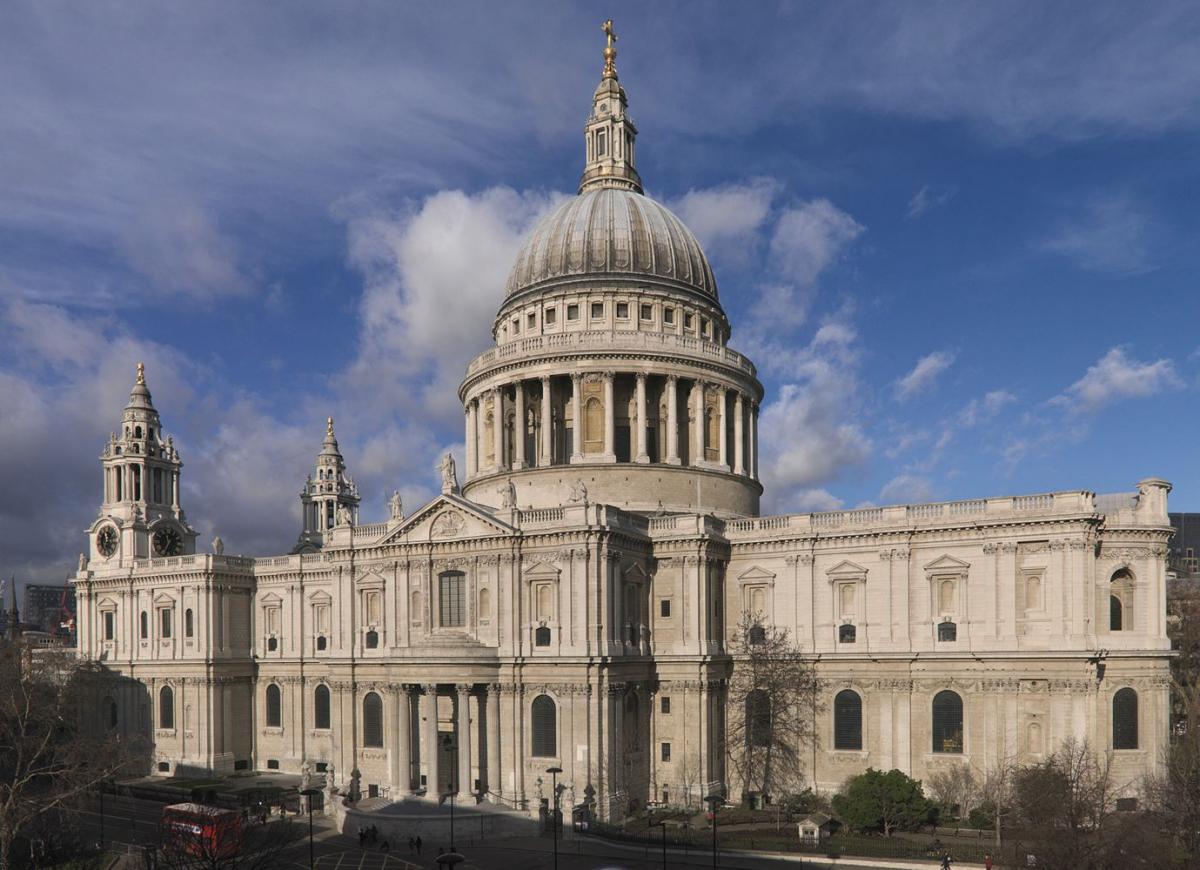St. Paul's Cathedral and Its Audience

Because of The Great Fire in 1666 that destroyed approximately 13,500 houses and Old St. Paul’s Cathedral, and other priceless architecture, the 1700s were marked as a period of reconstruction and modernization of the previous medieval city. While the emphasis was placed on rebuilding the city, the displacement and new homelessness of London’s population were severe. Considering the fire occurred pre-insurance, a specific, The Fire Court, was designated for property disputes and financial hardships. The Great Fire led to today’s insurance industry. The New St. Paul’s Cathedral was constructed by architect Christopher Wren and consultations with the church. Today, it consists of baroque ornamentation with neo-gothic features such as Portland stone. The church reflected the shift from Catholicism to Protestantism. The church was completed in 1710. Wren oversaw the reconstruction of fifty-two churches In London, twenty-five of which have survived time. Inside the church there is a miniature and layout of Wren’s original design for the church as well as Wren’s gravestone which reads ‘ if you seek his memorial, look about you’. Wren experienced financial constraints for the rebuilding of the cathedral. Within the church, a Nigerian installation titled Still Standing by Victor Ehikhamenor rests next to a plaque that commemorates a British admiral that led the 1897 expedition to gather the African artifacts from the Benin Empire. Current discussion around the return of symbolic and stolen objects is debated, as the British have frequently sought out to control, displace, and capture artifacts from cultures/countries. Within the crypts of St. Paul, colonialism figureheads of the British Empire are housed. Including Horatio Nelson who frequented British occupied Honduras, Nicaragua, and Caicos Islands. This erasure and blatant celebration of the horrors of colonialism is, personally, one of the most striking features the cathedral has to offer. What privilege it must have been to pillage sacred symbols for display in St. Paul’s, a church that took thirty years to finish construction outliving several generations of children as 74% of children died before the age of five in London during the 1700s(“The History…).St. Paul’s Cathedral remains a social and political hub for reformers to ideally create a greater London.
Davies, Sian. “Five Ways the Great Fire Changed London.” BBC News, BBC, 22 July 2016, https://www.bbc.com/news/uk-england-london-36774166.
Jhala, Kabir. “Nigerian Installation in London's St Paul's Cathedral Provokes Debate around Restitution and Colonial Monuments.” The Art Newspaper - International Art News and Events, The Art Newspaper - International Art News and Events, 18 Feb. 2022, https://www.theartnewspaper.com/2022/02/17/nigerian-installation-in-lond....
“The History of London.” London's History, https://www.thehistoryoflondon.co.uk/in-brief-early-georgian-london/3/.
